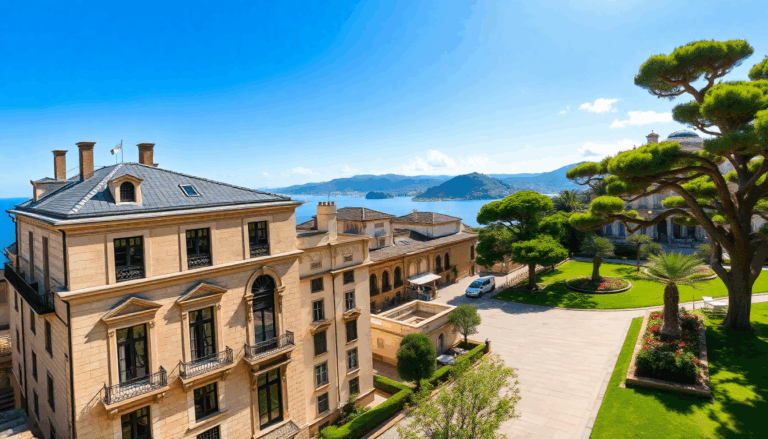The Italian real estate market is a treasure trove of fascinating trends, particularly when it comes to the locations where buying a home requires a significant investment. Some areas are holding strong in terms of pricing, while others are witnessing impressive growth. Let’s dive into the latest data, uncover
emerging trends, and explore the economic opportunities, with a special focus on the priciest locales for property purchases.
What’s Hot in Italy’s Real Estate Market?
When you think of high-end Italian properties, Portofino is likely the first place that pops into your mind. This breathtaking gem in Liguria boasts an average price of €22,900 per square meter, making it a prime destination for those craving
exclusivity and stunning natural beauty. Hot on its heels are Madonna di Campiglio and Cortina d’Ampezzo, with prices of €14,000 and €13,800 per square meter, respectively. These alpine resorts are magnets for investment, thanks to their winter sports appeal and international clientele. Who wouldn’t want a cozy chalet in the snow?
Let’s not overlook Sestri Levante and Courmayeur, which are also making waves with prices around
€13,000 per square meter. Interestingly, while properties by the lake often come at a lower price point, Sirmione is leading the charge with an average of €8,100 per square meter, closely followed by other gems around Lake Garda. This variety in the Italian market means there are opportunities for all kinds of buyers. Isn’t it exciting to think about what’s out there?
Economic Opportunities: A Market on the Rise
When we compare the current data to that of two years ago, the price increases in many areas are striking, even as stability appears to be the theme for 2024. Along the beautiful coastline, Portovenere has experienced a remarkable rise of 16.7%, followed by Sorrento at 15% and Capri at 11.9%. Meanwhile, in the mountains, Livigno has surprised many with a jaw-dropping increase of 39.2%, largely due to redevelopment efforts in anticipation of the upcoming Olympics. These figures not only showcase the market’s dynamism but also reflect a growing readiness among buyers to invest in these developing areas. Could this be the perfect time to jump into the market?
The Ligurian coast offers another layer of intrigue. Many second homeowners use their properties for vacations, while locals often turn them into long-term rentals. The demand for second homes remains robust, with many purchases made in cash, which helps cushion the impact of rising mortgage rates. Plus, the number of foreign buyers is on the rise, increasing from 13.5% to 15.7% in just one year. This trend highlights the allure of the Italian market for overseas investors, typically around 56 years old and approaching retirement. Are you thinking about joining them?
Insights into the Rental Market
Shifting gears to the rental market, Capri truly shines with weekly rental prices soaring up to €4,200 for accommodations that can host four guests. This is closely followed by Forte dei Marmi and Porto Cervo. These rental rates not only offer significant economic returns for the local economy but also highlight the lasting impact of luxury tourism on the real estate landscape. Each euro spent on vacation rentals generates a return of €1.50 for the local economy—talk about making your money work for you!
On the flip side, Italians often prefer shorter stays, typically focusing their vacations on weekends, with an average spending of €120-160 per day. This trend signals a shift in the short-term rental market, creating fresh opportunities for property owners looking to adapt to these changing habits. Ultimately, the Italian real estate market is multi-faceted, presenting unique opportunities and challenges that call for a strategic, data-driven approach. Ready to explore what this vibrant market has to offer?

